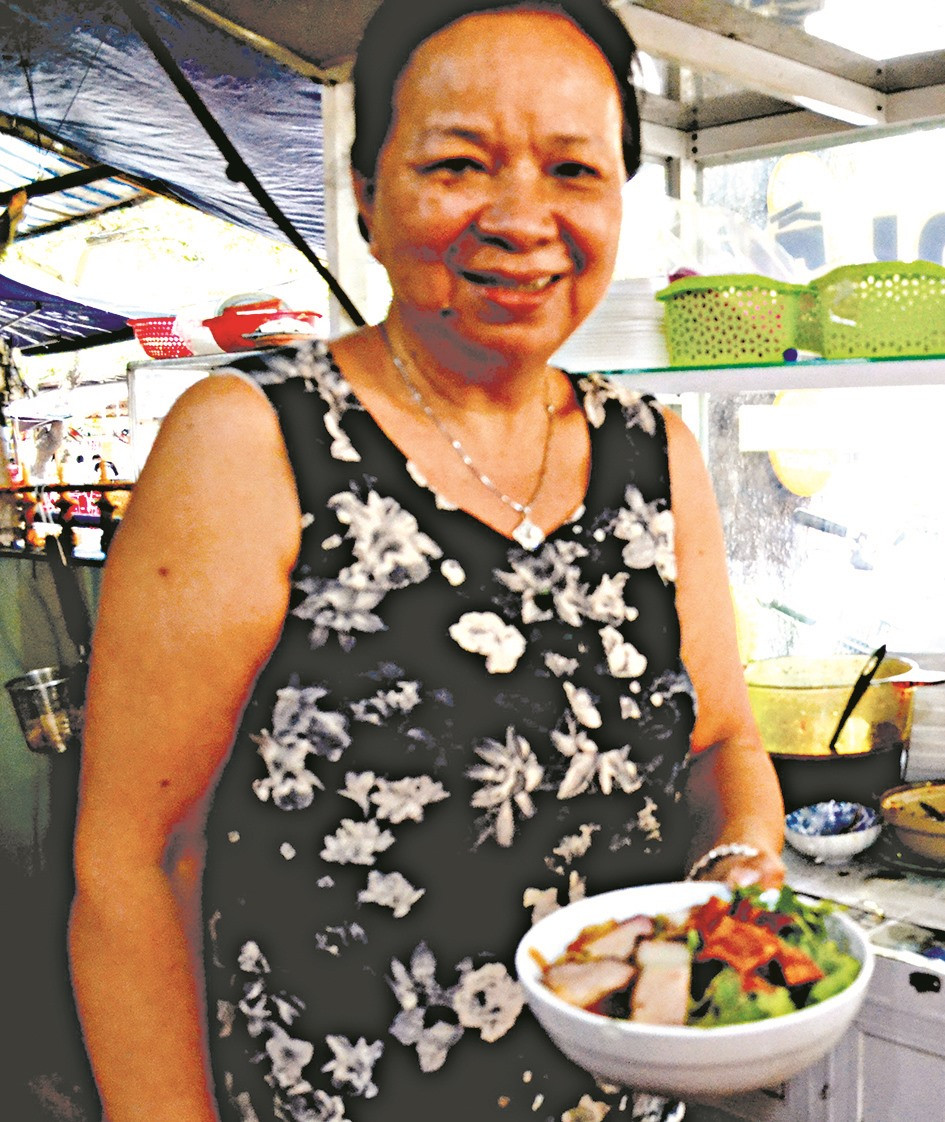
Ms. Ha Thi Thanh prepares Cao Lau noodles using many elaborate steps. Photo: VIET QUANG
Locals in Quang Nam and tourists often share the saying: "Anyone passing through Hoi An ancient town/ Should visit Phuc Kien and eat Cao Lau." The name Cao Lau comes from the Chinese word for a delicacy. Many Chinese people in Hoi An say that in the past, upper-class people would sit on the upper floors of restaurants, adorned with bright red lanterns, and leisurely enjoy Cao Lau.
According to the Chinese community in Hoi An, Cao Lau originated in the 17th century, associated with trade at the Hoi An port city. Over time, Cao Lau has become a culmination of Chinese, Japanese, and Vietnamese culinary cultures. A bowl of Cao Lau consists of many golden noodles, braised pork, crispy fried pork skin, and various fresh vegetables.
To learn more about cao lầu, we visited the restaurant of Ms. Ha Thi Thanh (26 Thai Phien Street, Hoi An). Ms. Thanh is a descendant of Chinese immigrants in Hoi An and has been running the restaurant for over 30 years. Ms. Thanh doesn't make the cao lầu noodles herself; she only buys them from Mr. Trai (Truong Le Ward, Cam Chau District, Hoi An).
According to Ms. Thanh, Mr. Trai, from a Chinese family in Hoi An, has a traditional recipe for making cao lau noodles. Mr. Trai's noodles have a very distinctive yellow color and a glossy appearance because they are made from only rice, without any other flour mixed in.
“I know Mr. Trai makes cao lau noodles by soaking rice for several hours in water from the Ba Le well (Hoi An), then filtering and grinding it into flour, and then following the steps sequentially. Mr. Trai's cao lau noodles retain their chewy yet soft texture, with a sweet taste and a very unique aroma,” said Ms. Thanh.
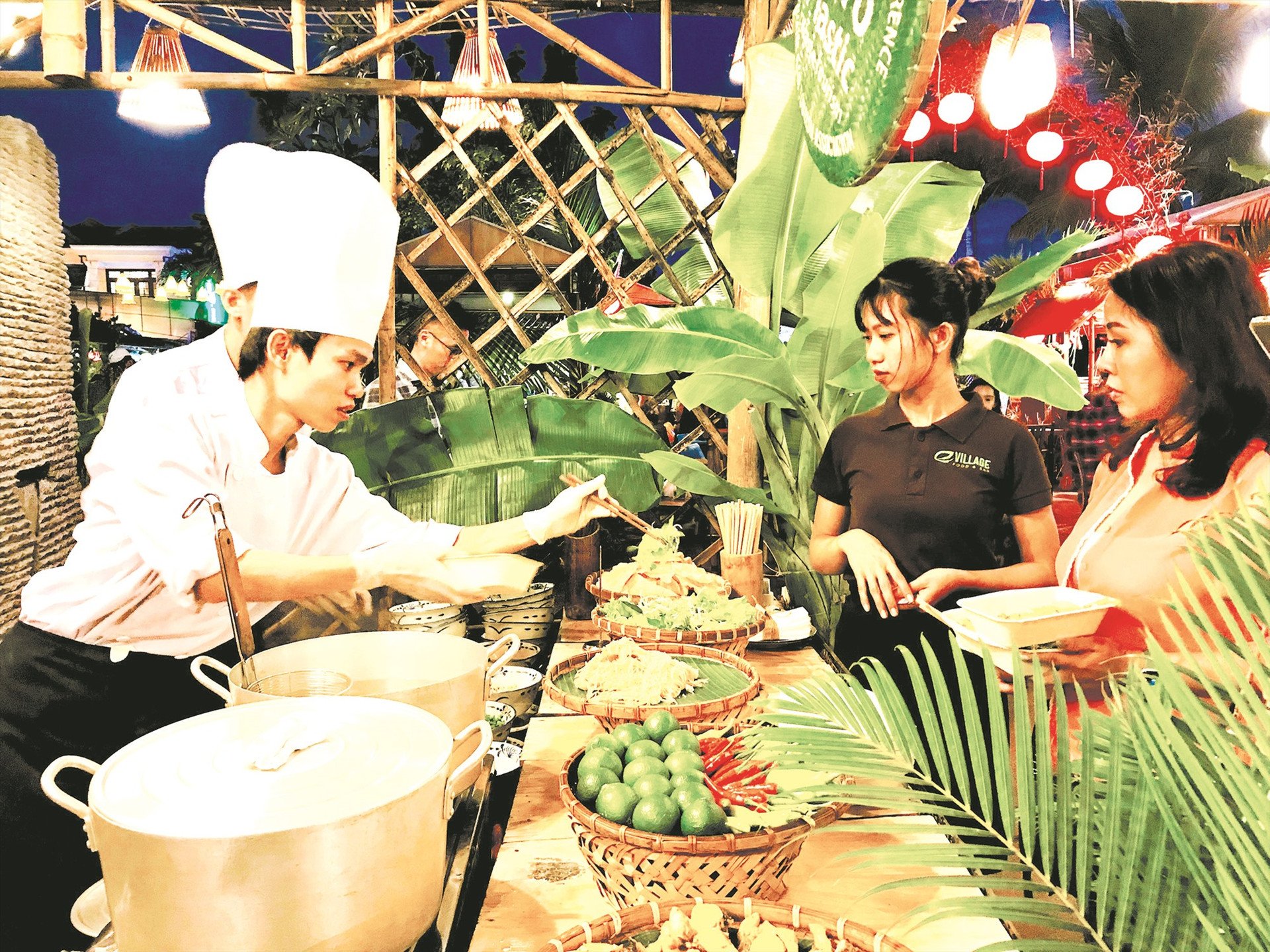
Mrs. Thanh's cao lau noodles attract tourists thanks to the braised pork prepared according to a family secret recipe. When asked about it, Mrs. Thanh didn't reveal the secret but said that the pork used for braising must be very clean, mostly lean but with a little fat to create a unique flavor.
To make braised pork, Mrs. Thanh doesn't use commercially available soy sauce but orders it from a Chinese community center in Hoi An. When asked specifically about the soy sauce, Mrs. Thanh didn't elaborate, only saying that it's a unique fermentation and aging method passed down through generations by the Chinese community in Hoi An.
Further research at some other famous Cao Lau restaurants in Hoi An reveals that the braised pork mainly consists of pork leg, marinated for many hours with spices such as five-spice powder, sugar, salt, seasoning powder, minced garlic, and soy sauce. It's then fried until golden brown over low heat, after which the marinade is added and simmered until absorbed. This simmered liquid, which doesn't completely evaporate, is used as the broth for the Cao Lau dish.
A bowl of "delicious and unforgettable" cao lầu must be eaten with fresh vegetables from Trà Quế (Cẩm Hà commune, Hội An) including baby bok choy, mint, basil, fish mint, and lettuce. Ms. Thanh believes that these vegetables are sufficient, but it must include bean sprouts grown in the soil (not artificially produced bean sprouts) so that the natural sweetness blends in, creating the delicious sweetness of the cao lầu. "A bowl of cao lầu noodles needs crispy fried pork skin plus a little chili and lime for the full flavor," Ms. Thanh said.
Cao Lau noodles are prepared through many elaborate steps, and the delicate blend of various flavors has created a unique culinary cultural value.
Source: https://baoquangnam.vn/ghe-tham-phuc-kien-ma-an-cao-lau-3026468.html








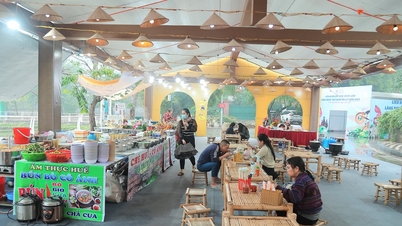

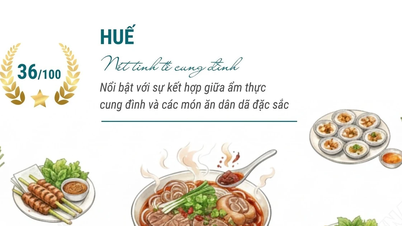

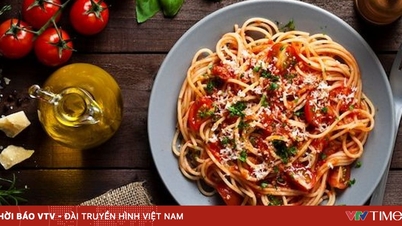

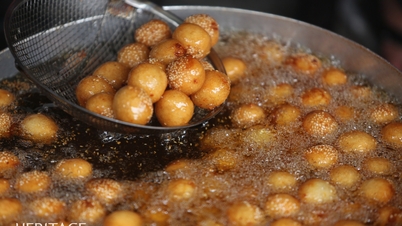

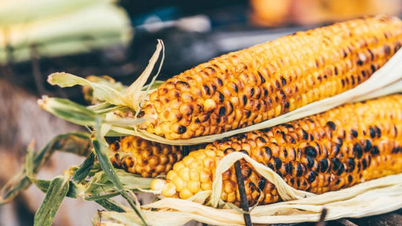








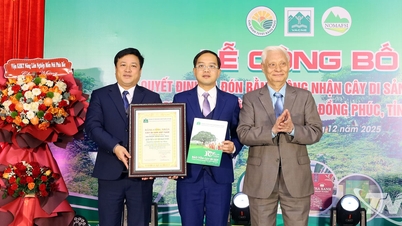


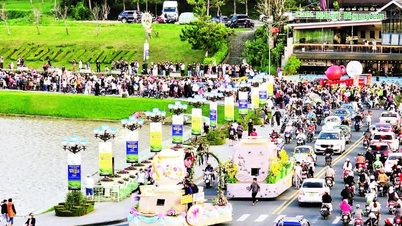


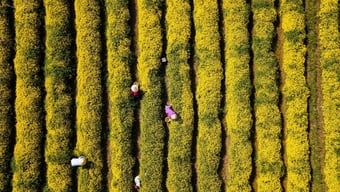

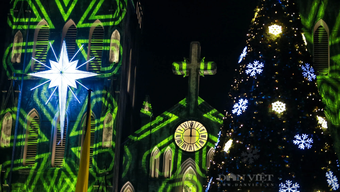
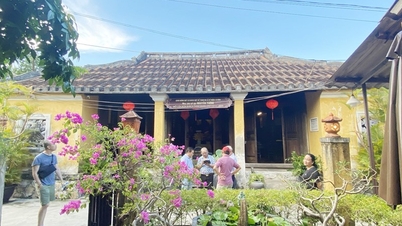


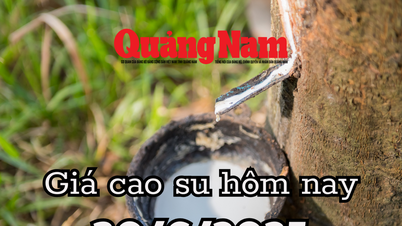

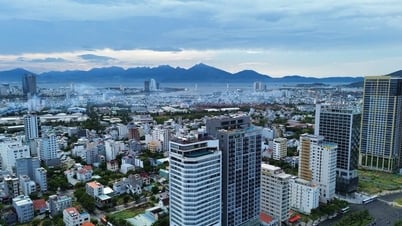

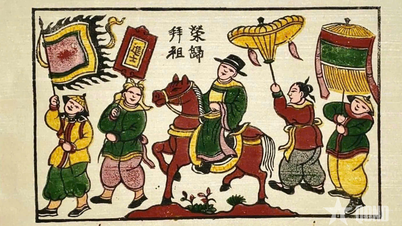

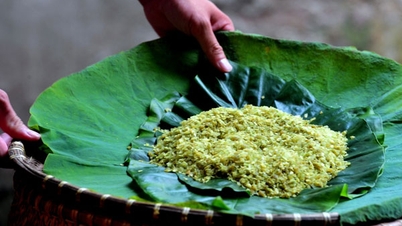

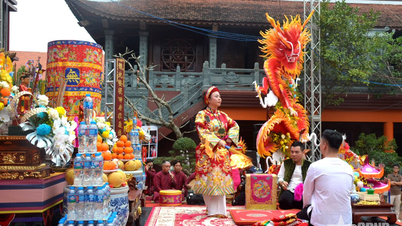





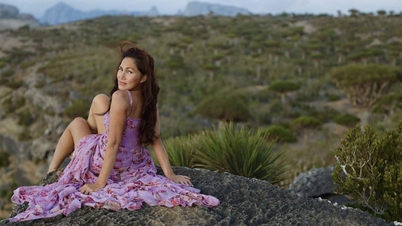




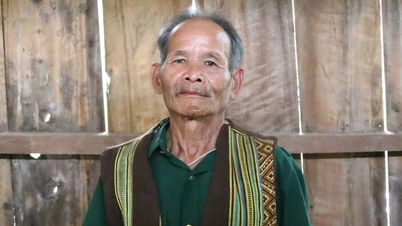

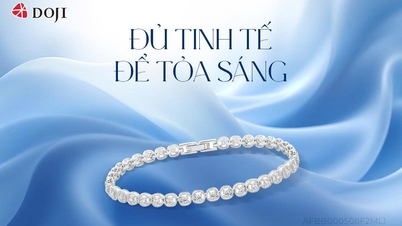



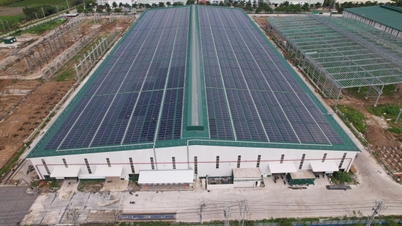




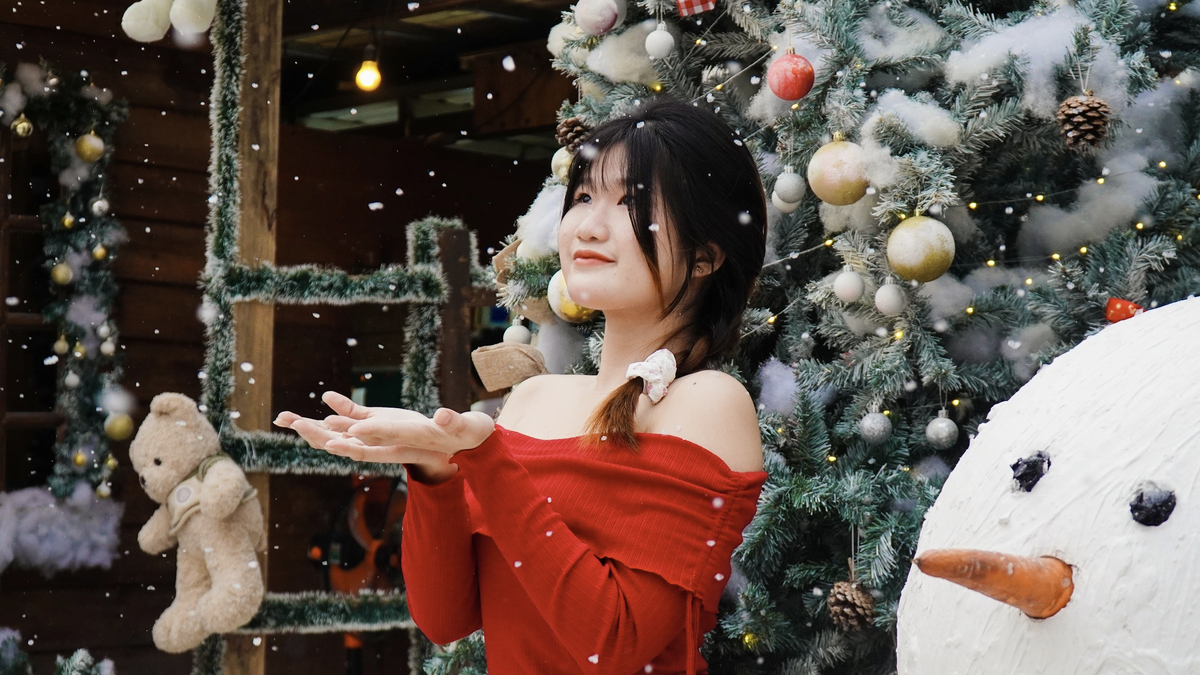



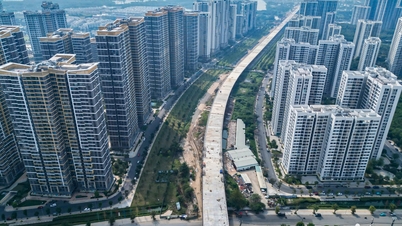





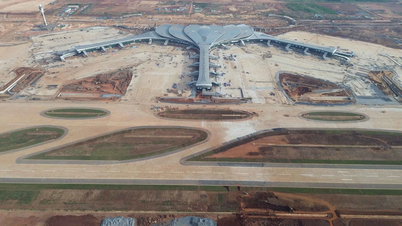










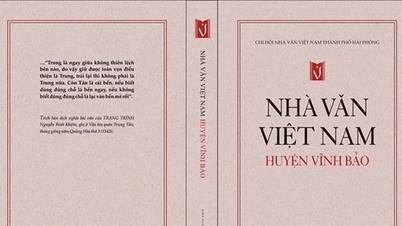






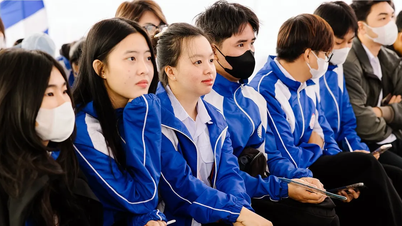










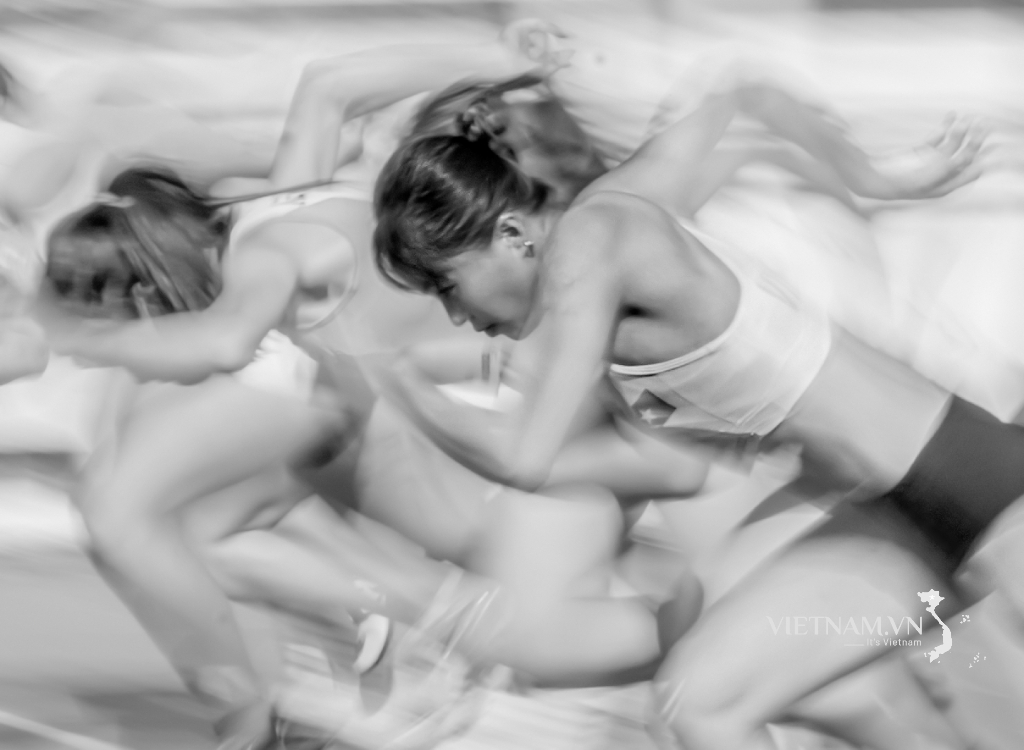

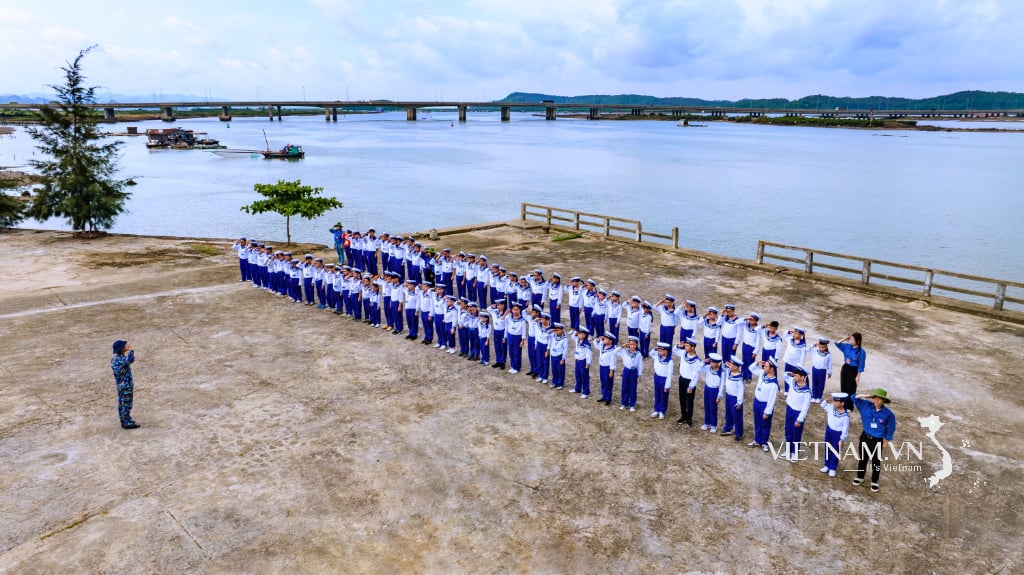

Comment (0)